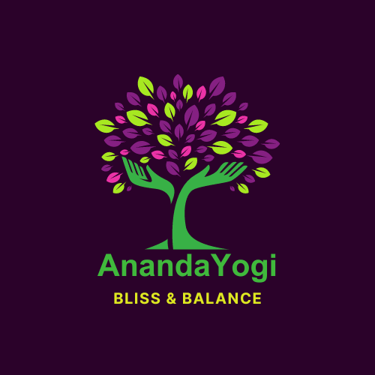The Transformative Benefits of Yoga Nidra: A Guide to Enhanced Well-Being


Introduction to Yoga Nidra
Yoga Nidra, often referred to as "yogic sleep," is a profound practice that immerses individuals in a state of deep relaxation while maintaining awareness. This guided meditation technique enables the body and mind to retreat into a serene state that rejuvenates and restores balance. Particularly during life transitions, such as menopause, yoga nidra serves as a vital tool for cultivating physical and emotional well-being.
Deep Rest and Nervous System Reset
One of the primary advantages of practicing yoga nidra is its ability to activate the parasympathetic nervous system, commonly known as the "rest-and-digest" mode. This physiological shift is crucial for countering the effects of stress, anxiety, and insomnia—symptoms often experienced during menopause. By facilitating a comprehensive relaxation response, yoga nidra provides an essential antidote to the pressures of daily life, allowing the body to heal and replenish itself. In a state of deep rest, individuals are better equipped to manage the physical and emotional challenges they face.
Emotional Balance and Stress Relief
Moreover, yoga nidra plays an important role in promoting emotional balance. The practice encourages an introspective journey, enabling participants to explore their inner thoughts and feelings in a nurturing environment. Through this meditative process, individuals can achieve a greater understanding of themselves, leading to improved emotional regulation and resilience. The deep state of relaxation cultivated in yoga nidra allows for stress relief, reducing tension and fostering a sense of peace amidst the chaos of life. Particularly for those navigating the challenging waters of menopause, maintaining emotional equilibrium is essential for overall well-being.
Incorporating Yoga Nidra into Your Routine
For those seeking to incorporate yoga nidra into their daily routine, starting with short guided sessions can be helpful. Many resources are available such as apps, websites, and local classes, making it accessible to practitioners of all levels. Ideally, engaging in yoga nidra a few times a week can yield significant benefits, enhancing relaxation and fostering overall health. It is crucial to find a comfortable space and create an inviting atmosphere that encourages deep relaxation—this will greatly enhance the experience.
Conclusion
Yoga nidra is not merely a technique for relaxation; it is a powerful practice that fosters a robust connection between mind and body. Its benefits are particularly pronounced during menopause, addressing issues such as stress relief, emotional balance, and enhancing overall well-being. By integrating yoga nidra into your life, you can embark on a journey towards profound inner peace and restoration. Namaste 🙏
